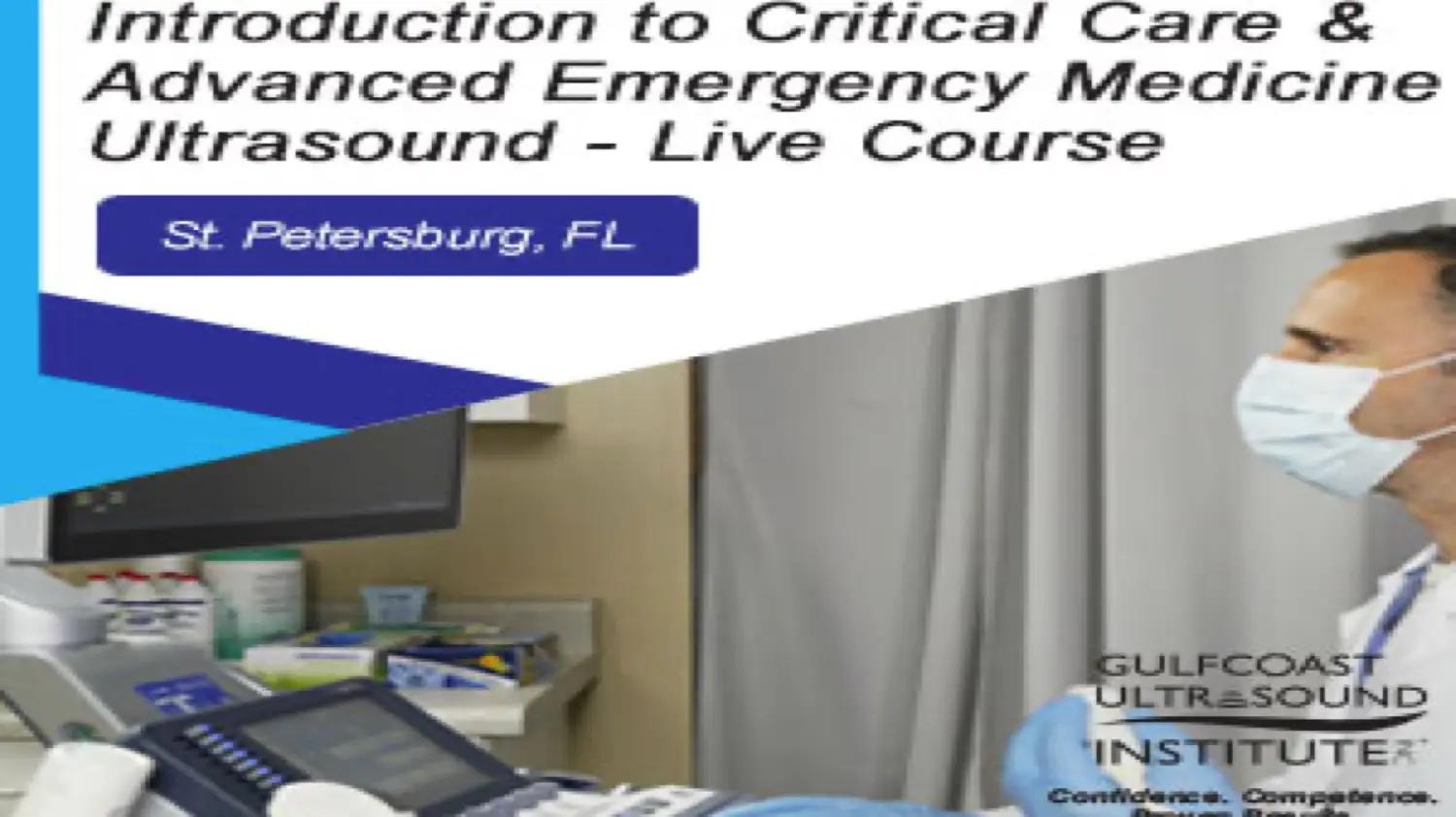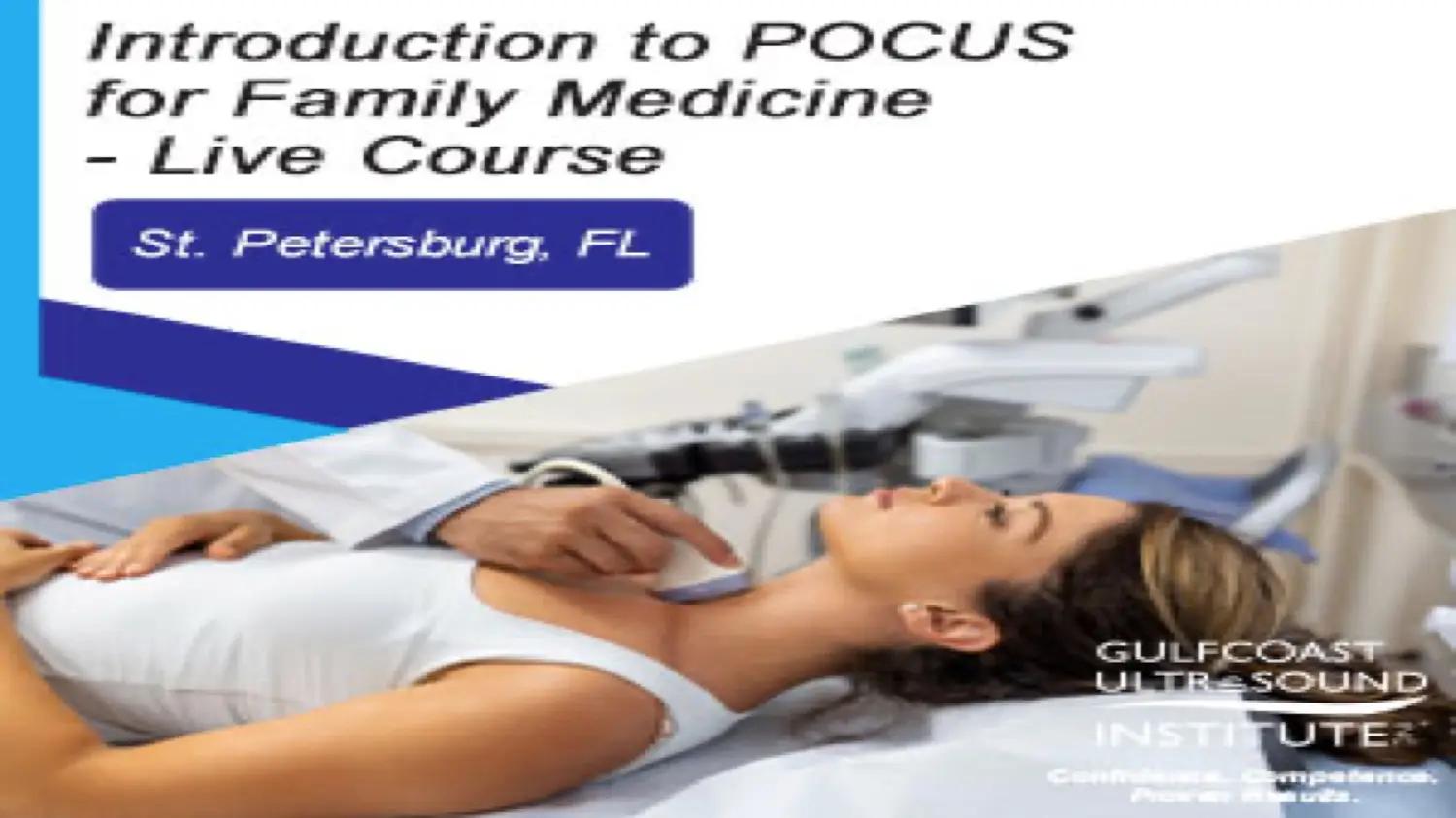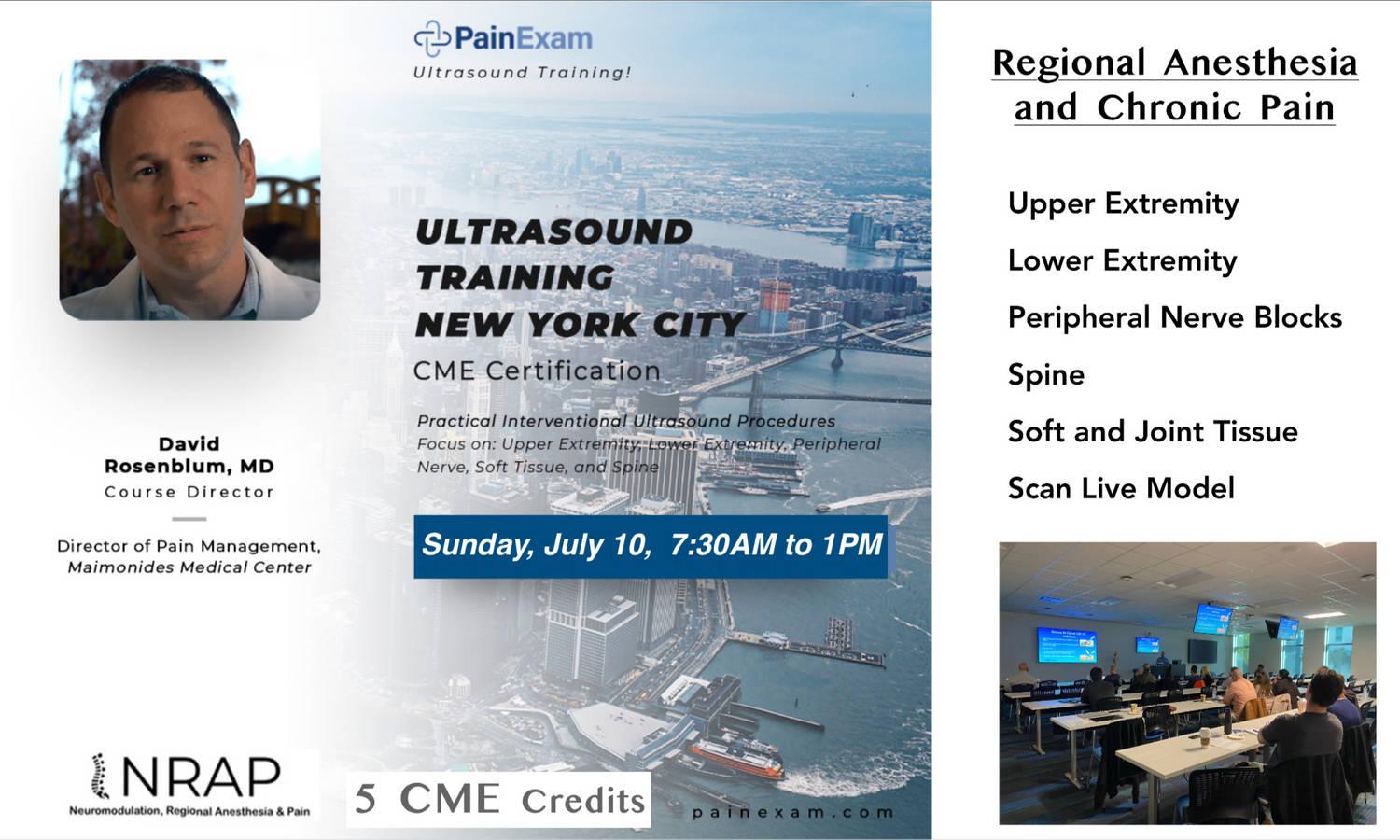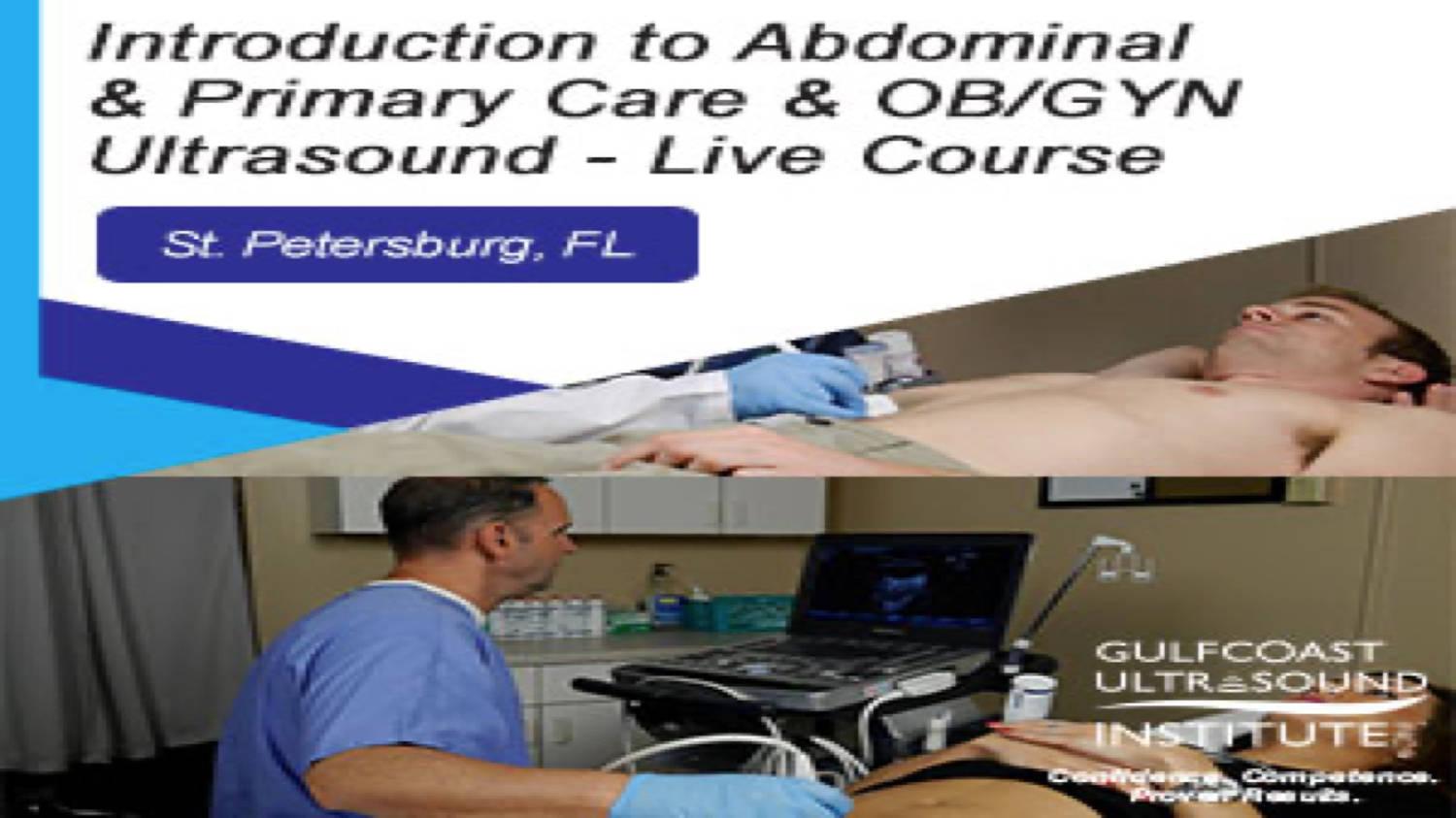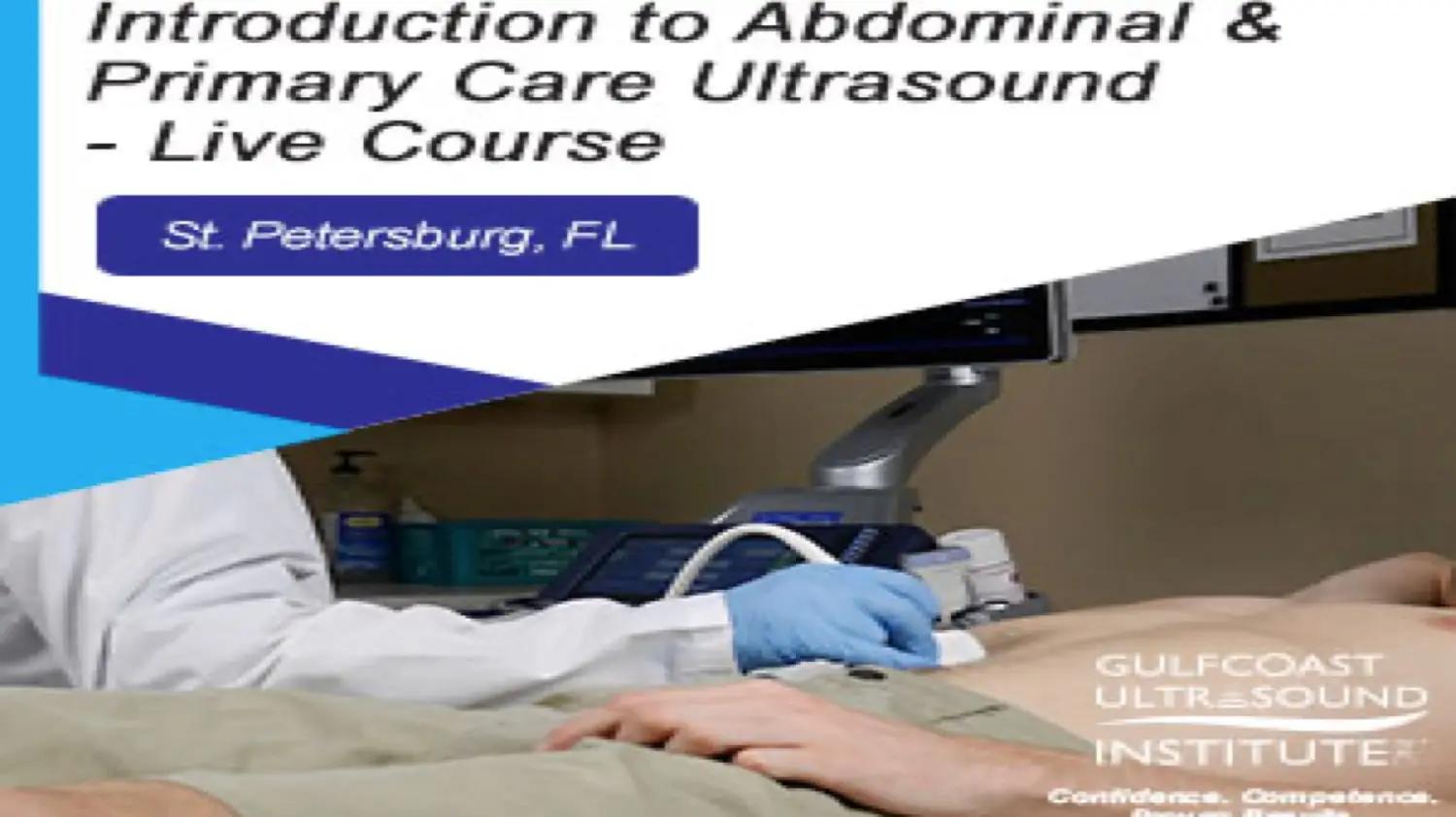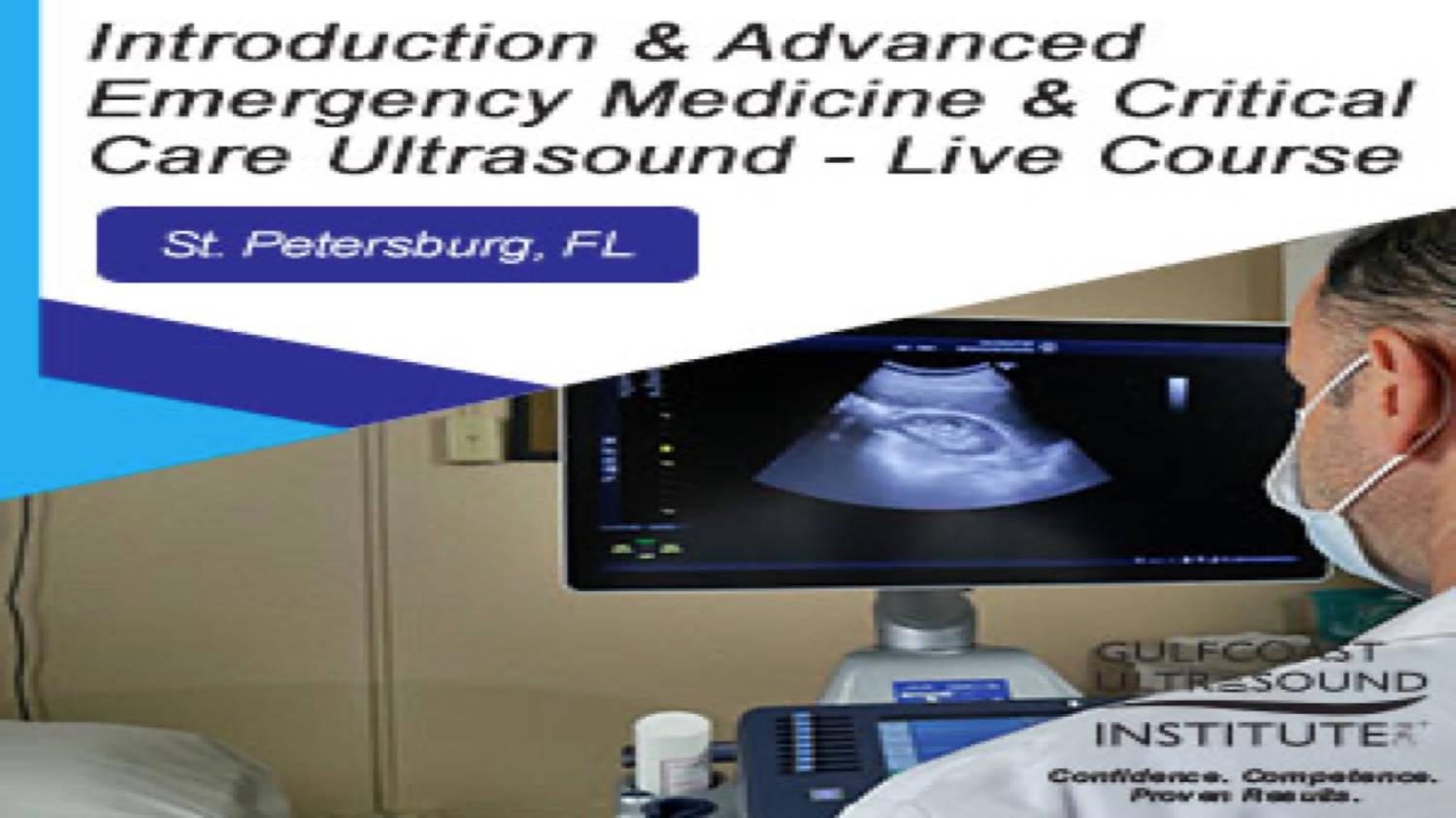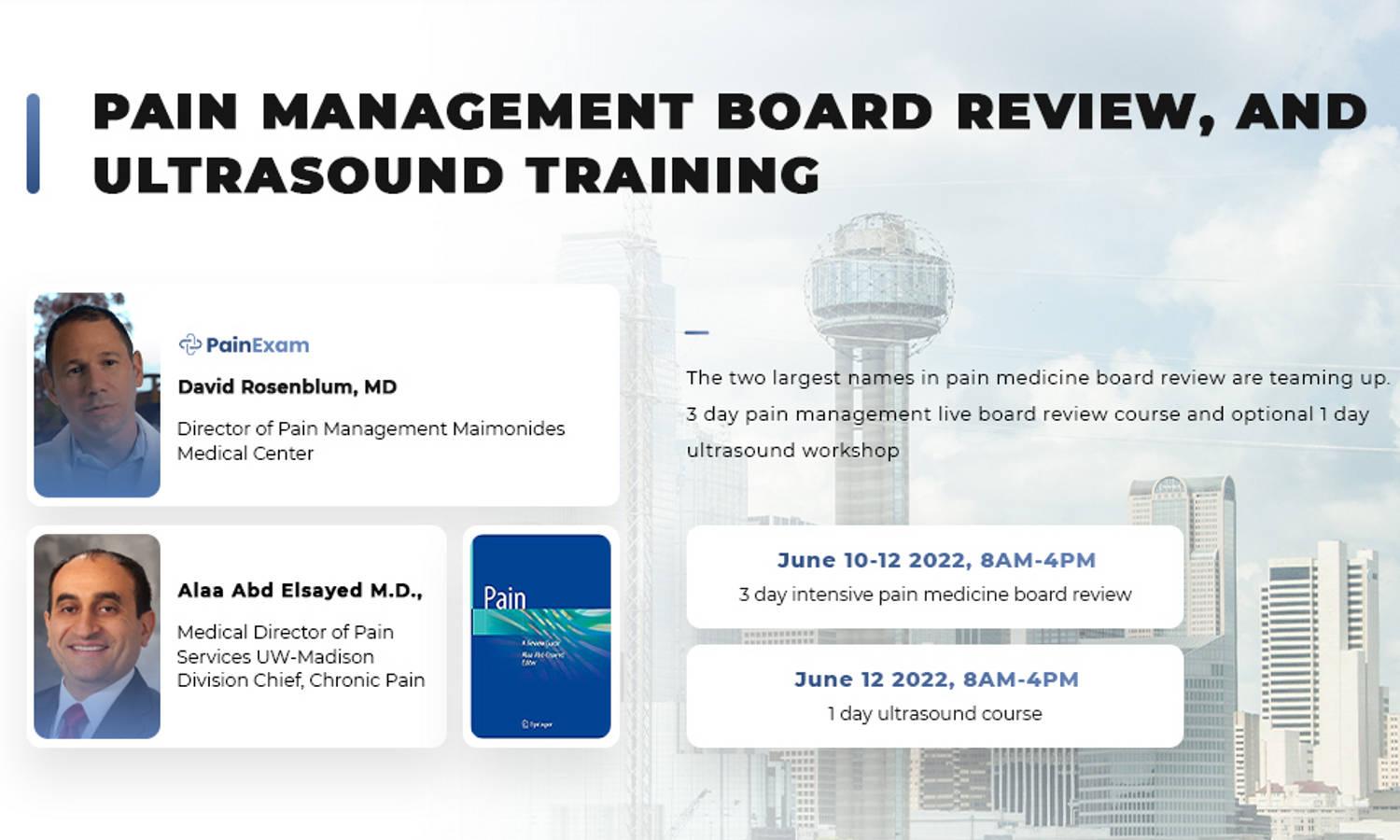
Trauma - Quick Study
Trauma - Quick Study is organized by Center for Emergency Medical Education (CEME).
Course opens: 02/02/2022
Course expires: 02/02/2025
Description:
This home study activity is a case-based review of best practices for assessment and management of trauma patients presenting to acute care facilities that do not have special trauma certification and trauma resources.
There are 7 video modules in the activity.
• Pediatric abdominal trauma – Describe pathophysiology of pediatric blunt abdominal trauma and how it relates to the assessment and treatment of pediatric blunt abdominal trauma.
• Head trauma – Describe key demographic and incident rates of acute head trauma and outline best practices for assessment, diagnostic evaluation, and management for common head injury presentations.
• Neck trauma – Describe common neck and spinal cord injuries particularly in high-risk patient populations along with best practices for assessment and clinical management.
• Obstetric trauma – The physiology, assessment, and management of obstetric trauma patients is complex and the information and skills necessary to provide best practice care is presented.
• Thoracic trauma – Thoracic trauma is very common and often under triaged resulting in presentation to non-trauma acute care facilities. Providers need to be prepared to assess, manage, and disposition acute thoracic trauma using current best practices.
• Vascular trauma – Describe common vascular trauma pathophysiology, assessment, and management best practices for clinical providers working outside of a trauma center.
• Orbital trauma – Present the best practices of ocular trauma assessment and management including vision rescuing emergency procedures.
Learning Objectives:
• Employ evidence-based decision tools to outline key physical exam findings and guide laboratory and imaging evaluations for pediatric blunt abdominal trauma patients
• Demonstrate knowledge of imaging decisions and airway management considerations for patients with head injuries using evidence-based criteria
• Apply PECARN criteria to aid clinical decision making for pediatric head injury patients
• Explain how to risk stratify patients presenting with acute neck injuries using published criteria and differentiate spinal cord injuries based on clinical presentation
• Demonstrate competence regarding physiologic and anatomic changes and the selection of diagnostic testing impacting the care of pregnant trauma patients
• Competency regarding selection of diagnostic testing for pregnant trauma patients
• Explain how to treat various pneumothorax presentations using current standard of care procedures and common thoracic trauma pain management treatment options
• Explain best practice uses of torniquets to manage penetrating vascular trauma and the diagnostic evaluation to determine the need for surgical consultation and disposition
• Define ocular compartment syndrome and orbital wall fractures including physical exam findings, emergency treatment options, and the procedural technique to perform an emergency canthotomy




